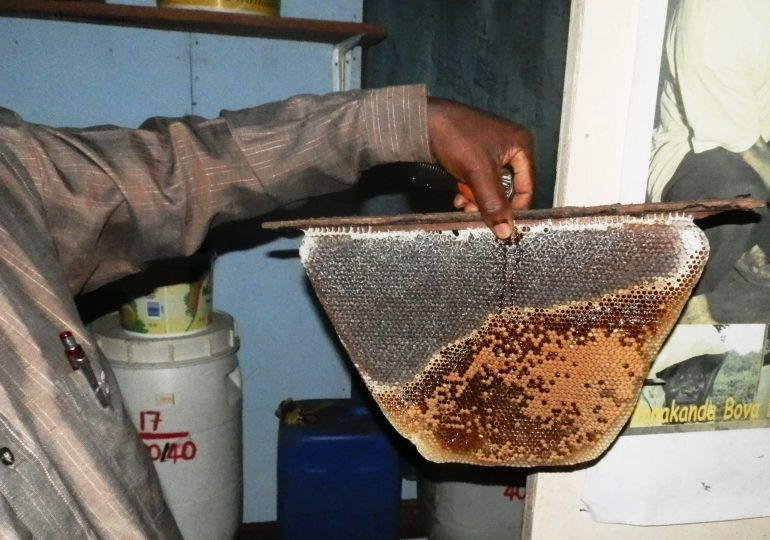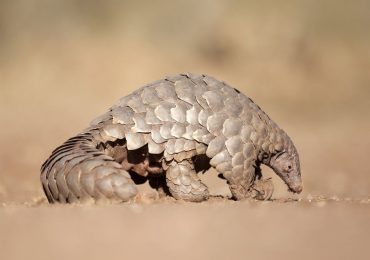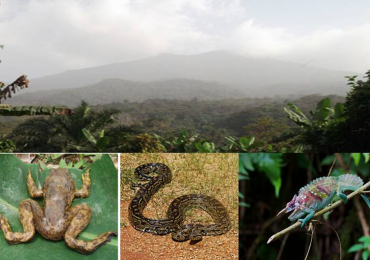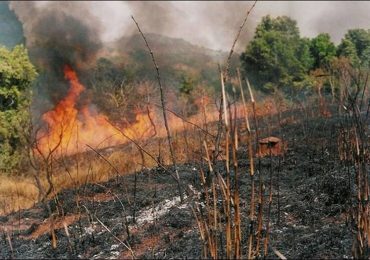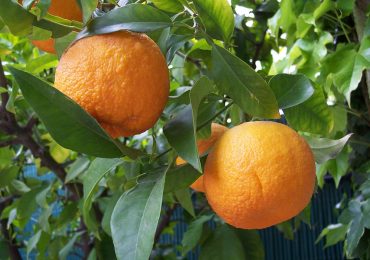Pollination maintains part of the natural ecosystem. Plants depend on pollination to reproduce. Pollination is carried out by flying insects, the wind, crawling and hopping insects, snails, bats, primates, rodents and hummingbirds. But bees stand apart as the best pollinators, constituting 95% of pollinating services. While some plants have pollen only, others posses nectar only and yet others have both pollen and nectar, it is bees that make the vital connections.
By Azore Opio
“There are around 25,000 known species of bee worldwide, among which are the Italian bee, the Black German, and the African honeybee (Apis mellifera scutellata), says Lyonga Mbake, who has been keeping bees in Buea on the slopes of Mt. Cameroon since he was fourteen. “Only honey bees live in clusters of thousands and forage several times a day, which constitute 95% of pollinating services.”
Born in 1954 in Bonakanda and a father of five, Lyonga attended school at Bova Native Authority up to Standard 3, equivalent to present-day class five, and stopped.
“I left school and went back to hunting. I used to accompany my elders as a porter on wildlife hunting. It was then my father introduced me to honey hunting during the low-peak honey flow season from December to February, then the high-peak season of May to June,” Lyonga says.
As a young boy, Lyonga says he learnt to set traps for small game like porcupines and rat moles when the honey season was over.
“We ate some and sold the rest,” Lyonga recalls.
Lyonga started work at Cameroon Development Corporation (CDC) as a driver on April 24, 1979. He drove for 20 years, and then he was transferred from the transport services to human resources department attached to public relations department as a clerk.
Having lived with bees nearly all his life, Lyonga is a self-taught beekeeper with an enviable wealth of knowledge about perhaps the most industrious insects living today. In addition to his pension from CDC, Lyonga says sales from the by-products of bee keeping comfortably support him and his family.
“The profits have enabled me to improve on the home left behind by my father, and also send my children to school. One boy is in Dubai,” says Lyonga.
Honey Is Reserve Food For Bees
Who first taught the bees to be gardeners and to make honey?

Lyonga says bees make honey as their food; “We humans only build houses for them and they pay rent with their honey,” says Lyonga’s bee-keeping Italian friend, Pelliccione Frederico.
Bees depend entirely upon the flowers produced by plants to supply them with the raw material nectar to manufacture honey, and pollen (powder from flowers) to make honeycombs. Honeycombs offer housing and food stores for young bees. But there is something even more amazing about the symbiotic relationship between plants and bees. As you might well know, bees are gardeners! Yields of plants are supported by bees through pollination, while bees resort to the pollen and nectar from the plants. When bees are absent in an area, plants may not have a chance to reproduce new ones. In actual life, if all bees were removed from the environment, trees and other plants would quickly perish.
Skilled Aviators!
Bees perform amazing feats of navigation. They use dance language to identify plants and distances to inform other bees of the locations of these plants. Bees do orientation flights to study the geographical area of a hive. They make regular forays from their hives in all directions and detect plants with nectar and pollen where they mine the raw materials. And while harvesting the nectar and the pollen, they pollinate the flowers which later mature into fruits, an inevitable link in the chain of reproduction in flowering plants.
Born To Work
The lifespan of a bee varies from three months in Africa and seven weeks in Europe. The drone lives for up to three years and the queen up to six years.
Says Lyonga, “Each bee knows from birth its duty, which it changes after three days. Before a bee flies out to forage for pollen and nectar, it must have cleaned the hive, fed the brood, fed the queen with Royal Jelly, filled openings in the hive using propolis and guarded the entrance to the hive. Then, and only then, can a bee start foraging outside the hive.
“Bees rest within the hive, but my not sleep. Worker bees can be violent with the drones; if the drones are overpopulated, they are killed.”
Bee Benefits

Honeybees offer humans an interesting spectrum of gastronomic, economic and medicinal benefits. Gastronomically, bees provide honey as sugar substitute in cooking and baking, for athletics and strenuous activities. Royal Jelly is nature’s richest health food. It consists of water, carbohydrates, nitrogen, phosphorus, sulphur and mineral matter.
Lyonga, who has been studying bees, says pollen is composed of 5 – 25% protein; 0.8 – 15% oils; 10 – 18% amino acids; 40% carbohydrates, calcium and silica, vitamins, antibiotics, copper, potassium, sodium, magnesium, iron and growth promotion substances.
Of equal importance are the industrial and economic benefits of beeswax as a by-product from the beehive. Beeswax, besides its original function as honeycomb foundation, constitutes the main source of candles and cosmetics (bleached eyebrow pencils, lipsticks, hand lotion) crayons and toothache gum.
It is an essential ingredient in the manufacture of some metals and glass, electrical and chemical cement, ink and treatment of leather, shoe polish, sewing threads, printing and textiles ingredients, paints and varnishes, paper manufacture and pharmaceutical preparations.
Bees also produce propolis, which is a natural medicine and natural energizer with bactericidal and antibiotic properties.
Besides its nutritive prowess, honey is also a source of medicine especially for diabetes and as an ingredient in veterinary medicines, particularly cow diseases.
Honey can also be transformed into wine.
Bee venom, treacherous as it may be, possesses curative remedies for arthritics and rheumatism. It also cures malignant cancers through intravenous injection.
“It is advisable to receive about three to four bee stings a week to prevent malignant cancer,” Lyonga says.
Pests & Diseases
Bees are not without diseases and pests.
According to Lyonga, honeybee colonies can be attacked and destroyed by army or soldier ants. He says beetles feed on honey and broods of young bees. Big beetles trap and consume adult bees. Lizards and birds also feed on bees.
Bees suffer mostly from varoal mite. Wax moth causes bees to abscond. Wax moth starts like maggots in the combs when they are exposed. The maggots develop into butterflies in empty comb cells.
“Insecticides affect bees too when the insects collect pollen and nectar that have been sprayed with insecticides. Upon return, the others may be affected. The infection is transferred to another bee that may develop a running stomach and may even lead to death,” Lyonga warns.
Epidemics also attack bees. When affected, starved bees rob other colonies, which can become infected and may die. This usually happens in the rainy season when bees are not active to fly under the rain and they are weakened by starvation.
Colony Management
Lyonga says bees will abscond from the hive because of leakages through poor roofing; attacks from ants and beetles, starvation, lack of water, insecticidal sprays and disturbances like noise.
In order to keep your bees properly hived and regularly producing honey, Lyonga says you should apply a number of measures.
“Constantly inspect hive stands to avoid collapsing, provide water. Before harvesting honey, inspect any problem before it is too late,” says Lyonga.
The beekeeper advises that of the 24 bars in the Kenyan top bar hive, you must harvest 16 bars only and leave eight to sustain the colony otherwise the bees will break out.
“Avoid swarming or overcrowding a colony. If this happens, 50% of the colony will split and run off. You should keep visiting the colony; when half of the colony clusters outside the entrance waiting for a second queen about to emerge, chances are the bees are about to take off,” Lyonga cautions.
He says a beekeeper should quickly carry out a colony division by constructing another beehive.
Lyonga is not just a bee lover, but he says he wants to involve the youths as his legacy, “so that this occupation should continue after me.”
Behind the successes that Lyonga Mbake has so far registered as a beekeeper, is his wife Bertha Lyonga.
“My wife has supported my initiative greatly for 43 years of our marriage,” says Lyonga.


